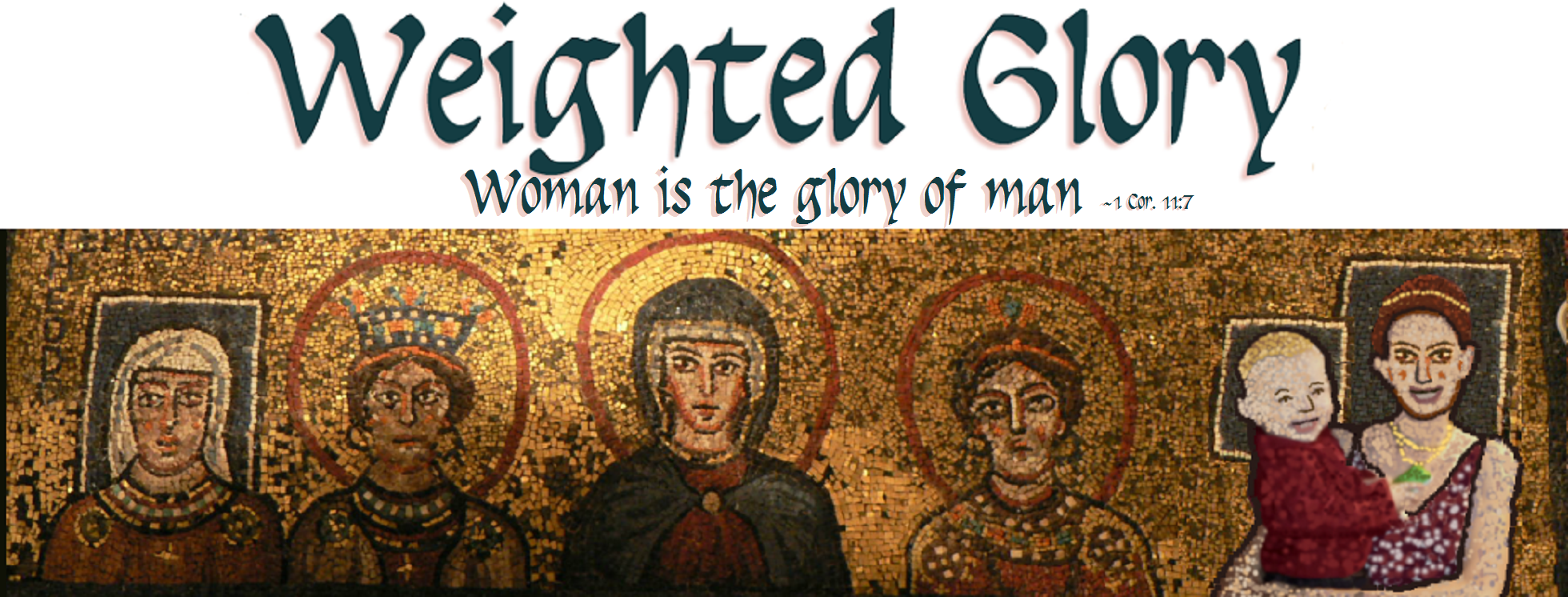Gentile Girl: Living with the Latter-day Saints by Carol Avery Forseth

[January 2002; reviewed 02-21-2009]
There is no question that any person who attends Brigham Young University as a non-Mormon receives an automatic boost to enigma status, with Latter-day Saints and “Gentiles”1 alike curious to learn what makes such people tick. Why would anyone who is not Mormon want to attend a university that is 99% LDS, they ask, an environment where Mormonism quite easily permeates most aspects of one’s day-to-day life. The Mormons often want to know how anyone could spend so much time in such a pro-LDS environment and not become LDS, while the non-members are looking for someone to dish the dirt on what “really” goes on behind those pristine university walls. It is inevitable that those of us who remain non-Mormons at the end of the experience will find an audience for our tales, and so it is with Gentile Girl: Living with the Latter-day Saints by Carol Avery Forseth.
Forseth began attending BYU in the 1970s as a recent convert to the Baptist faith and Christianity at large. Her missionary-minded LDS friends had been coaxing her to choose BYU throughout high school so that she had applied and earned a scholarship to BYU prior to her Baptist conversion, and she decided to take the free ride in spite of her newfound misgivings about facing the overwhelmingly LDS environment. Gentile Girl chronicles the two years Forseth spent at BYU in which she helped found the school’s first ever Baptist Student Union (later becoming its president), organized on-campus seminars and television interviews about her beliefs, regularly dialogued with and repelled the conversion efforts of her LDS roommates, and nearly fell in love with a fellow LDS student. Her goal in writing is to both share her experience and provide a beginner’s introduction to LDS culture and doctrine.
On the first point the book is a fascinating and unusual entry into the genre of evangelical writings on Mormonism, covering a side of BYU’s history that is not often talked about. Forseth goes into the Baptist connections she sought out and forged, her (usually unsuccessful) efforts to seek out other non-LDS students and bond with them before they succumbed to the cultural pressure around them and converted to Mormonism, her fear of and struggles with BYU religion classes, and her interactions with black students in the pre-1978 era in which the racial LDS priesthood ban was still in effect. It’s a candid insider-outsider look at Mormonism, with Forseth going into honest details such as how the BSU used to make fun of Mormons at their meetings and their efforts to repent of that attitude, or the time she dressed as a sister missionary and snuck into the Language Training Mission2 to watch one of her roommates give a dance performance for the missionaries. Forseth also claims that it was not until she came and established the BSU that the LDS church began assigning a set of missionaries to full-time proselyting efforts of campus non-Mormons, which is certainly compelling if true.
On her efforts to explain LDS religion and doctrine, the book is mediocre. Forseth attempts this feat mostly through campy dramatized re-enacted dialogues in which her LDS friends are portrayed as perfectly reciting points of LDS doctrine along with the Bible verses Mormons often use to support said doctrines, and subsequently her assessments of Mormon doctrine lack diversity and are occasionally misleading. On one occasion she recalls a religion teacher who taught the class that God had sex with Mary, leaving the reader with the impression that all or most Mormons believe that when quite the opposite is true. It may have indeed happened that Forseth had such a religion teacher, but very, very few Mormons in our day and age believe Mary to have been anything but a virgin. Don’t expect Forseth to offer any kind of interaction with the textual and historical arguments LDS apologists currently use to bolster LDS doctrine; this is yet another book by an evangelical which loses that battle without knowing it.
The book was originally published in 1989 under the title Faith Under Fire, and as someone who has read both versions, I can say that Gentile Girl has benefited from the re-write. The tone is much kinder and all references to the LDS church as a “cult” have been stricken from the record. At first I was going to give Forseth credit for including a pro-LDS appendix listing the Web sites for SHIELDS, FAIR and FARMS; however, the fact that she still includes Ed Decker’s Saints Alive as a non-LDS resource (something she did in the 1989 version as well) shows that she is not really abreast of the current apologetics conversation between Mormons and evangelicals. As far as I can tell, she’s just listing pro-LDS and anti-LDS resources haplessly.
In any case, Gentile Girl is recommended for people interested in reading an unusual and respectful account of living with Mormonism, but it cannot be recommended for much else. If what you want is to understand LDS doctrine and theology, find something better.
Grade: C+
1 In LDS culture, “Gentile” is a term applied to all non-Mormons. It has fallen out of regular use in our day and age, but was probably more common back in the 1970s.
2 The Language Training Mission has been replaced by the Missionary Training Center.
(Originally posted at ClobberBlog)



